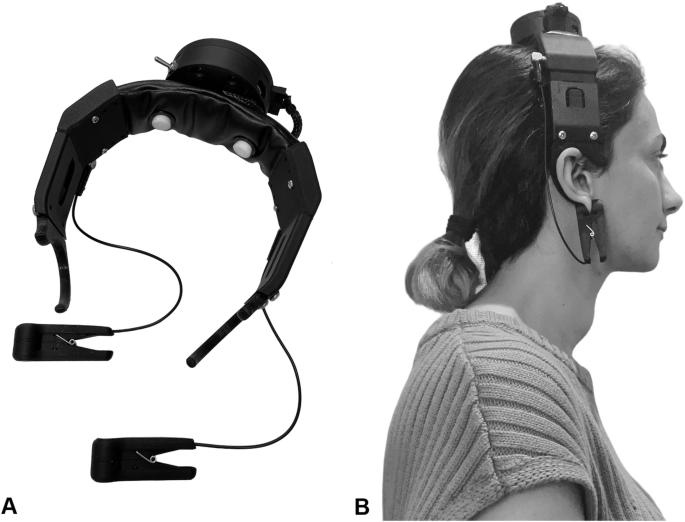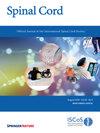针对脊髓损伤后慢性神经性疼痛患者的家庭自主脑电图神经反馈干预(StoPain 试验):干预说明
IF 2.2
4区 医学
Q3 CLINICAL NEUROLOGY
引用次数: 0
摘要
研究设计随机对照试验.目的描述一种脑电图(EEG)神经反馈干预措施,该措施将在随机对照试验中为脊髓损伤(SCI)后神经性疼痛患者提供:StoPain 试验。在这项试验中,治疗组的参与者将在家中实施脑电图神经反馈系统作为镇痛干预措施,而对照组的参与者将继续在社区接受现有的治疗。我们的报告以干预措施描述和复制模板(TIDieR)清单的标准为基础,包括为什么要研究脑电神经反馈的疗效、将提供什么、谁来实施以及如何、在哪里、何时和多少实施脑电神经反馈干预。该描述将有助于后续对试验结果的解释,并允许在临床实践和未来试验中复制该干预措施。赞助澳大利亚政府医学研究未来基金(2020 年罕见癌症、罕见疾病和未满足需求计划:2006020)。本文章由计算机程序翻译,如有差异,请以英文原文为准。


A home-based self-directed EEG neurofeedback intervention for people with chronic neuropathic pain following spinal cord injury (the StoPain Trial): description of the intervention
Randomised controlled trial. The objective is to describe an electroencephalography (EEG) neurofeedback intervention that will be provided in a randomised controlled trial for people with neuropathic pain following spinal cord injury (SCI): the StoPain Trial. In this trial, participants in the treatment group will implement an EEG neurofeedback system as an analgesic intervention at home, while participants in the control group will continue with the treatments available to them in the community. University-based study in Sydney, Australia. This manuscript describes the rationale and components of the EEG neurofeedback intervention designed for individuals with SCI neuropathic pain and intended for home-based implementation. Our report is based on the criteria of the Template for Intervention Description and Replication (TIDieR) checklist, and includes why the efficacy of EEG neurofeedback will be investigated, what will be provided, who will administer it, and how, where, when, and how much the EEG neurofeedback intervention will be administered. This manuscript provides a detailed description of a complex intervention used in a randomised controlled trial. This description will facilitate the subsequent interpretation of the trial results and allow for the replication of the intervention in clinical practice and future trials. Australian Government Medical Research Future Fund (2020 Rare Cancers Rare Diseases and Unmet Needs Scheme: 2006020).
求助全文
通过发布文献求助,成功后即可免费获取论文全文。
去求助
来源期刊

Spinal cord
医学-临床神经学
CiteScore
4.50
自引率
9.10%
发文量
142
审稿时长
2 months
期刊介绍:
Spinal Cord is a specialised, international journal that has been publishing spinal cord related manuscripts since 1963. It appears monthly, online and in print, and accepts contributions on spinal cord anatomy, physiology, management of injury and disease, and the quality of life and life circumstances of people with a spinal cord injury. Spinal Cord is multi-disciplinary and publishes contributions across the entire spectrum of research ranging from basic science to applied clinical research. It focuses on high quality original research, systematic reviews and narrative reviews.
Spinal Cord''s sister journal Spinal Cord Series and Cases: Clinical Management in Spinal Cord Disorders publishes high quality case reports, small case series, pilot and retrospective studies perspectives, Pulse survey articles, Point-couterpoint articles, correspondences and book reviews. It specialises in material that addresses all aspects of life for persons with spinal cord injuries or disorders. For more information, please see the aims and scope of Spinal Cord Series and Cases.
 求助内容:
求助内容: 应助结果提醒方式:
应助结果提醒方式:


